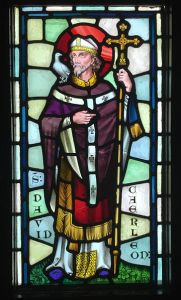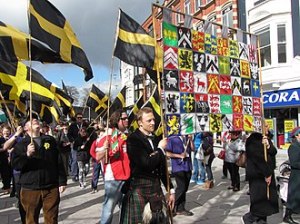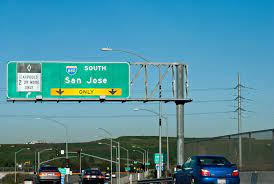It’s only Tuesday as I type, but I’ve already cleared my calendar for Friday. After all, I have a very important day ahead of me. So important in fact, I need to organize a parade, raise a flag, and prepare unique dishes for the expected throng of adoring fans. But why am I wasting words on the details? You already know we’re celebrating Saint David’s Day in a few days, don’t you?
 They’ll be celebrating in Wales, at least, just as they do every first day of March. You’ll find my cathedral there too, way down in the southwest corner of the country. Well, St Davids Cathedral, I mean. And the funny thing is, he’s not the David you’re thinking of, the one from the Bible who took down Goliath as a boy and became king as a man. This David helped to spread Christianity throughout the UK, united the Welsh people against a warring England, and performed several miracles. David’s a big deal in Wales.
They’ll be celebrating in Wales, at least, just as they do every first day of March. You’ll find my cathedral there too, way down in the southwest corner of the country. Well, St Davids Cathedral, I mean. And the funny thing is, he’s not the David you’re thinking of, the one from the Bible who took down Goliath as a boy and became king as a man. This David helped to spread Christianity throughout the UK, united the Welsh people against a warring England, and performed several miracles. David’s a big deal in Wales.

St. Patrick’s an even bigger deal, of course. At least Patrick rates a celebration in the U.S. But admit it, you’re not celebrating Patrick’s spread of Christianity throughout Ireland, nor his miracle of removing all snakes from the land. You’re thinking more about what garment of green to wear, four-leaf clovers, beer, and maybe, just maybe, this is the year you participate in your local St. Paddy’s Day 5k.

This business of saints is interesting to me because, well, it’s not as defined as I was led to believe. The rules and processes to put “Saint” in front a first name are a little vague. Suffice it to say, you need to be a model citizen, as well as a teacher, person of influence, and someone who cares little for the material goods and comforts of this world. I know a lot of people who fill this bill, but add in “wonder worker” or “source of benevolent power” and the list drops to zero.

Saints are also on my mind because I grew up in California and, well, they’re all over the place out there. Francisco to the north. Diego to the south. Barbara somewhere in the middle. My childhood home was right down the street from Monica. My brother lives in Fernando’s valley. 99.9% of the state’s residents think of those as “places”, but firstly they were people. You’ll find “San’s” and “Santa’s” all over the Golden State.
Saints get a little watered down when you consider the Catholic Church’s take on them. More than 10,000 have been recognized over time. Even more to the point, Catholics acknowledge anyone making it to heaven to be a saint. I’d hope that count is way more than 10,000 by now. Maybe it’s the reason we have patron saints: the cream of the crop, the ones regarded as “heavenly advocates of particular nations, families, or people”. My patron saint isn’t David by default, but I sure like his name.

Admittedly, my mind wanders somewhere other than historical figures when I think of saints. Our dog is a Saint Bernard, one of those gentle giants you picture with a brandy brandy around the neck. A few years ago we went on a cruise, with a stop in the Baltic Sea port of Saint Petersburg. “St. Elmo’s Fire” is a luminous phenomenon caused by an atmospheric electric field. (also a pretty good movie from the 1980s). And so on.
 You can read a bit more about Saint David and his cathedral in one of my very first blog posts: unsung. You’ll discover that his town of Pembrokeshire – the smallest
You can read a bit more about Saint David and his cathedral in one of my very first blog posts: unsung. You’ll discover that his town of Pembrokeshire – the smallest kingdom enclave in the UK – is right across St. George’s Channel from the Irish town of Kildare, where you’ll find St. Brigid’s Cathedral, my wife’s namesake. The blog post is really about Brigid but at least David gets a mention towards the end. Even if you don’t “read a little more”, remember, Friday’s the big day. Parades, flags, and fun food, all for a darned decent guy. Makes me blush anytime somebody says, “Dave, you’re a saint.”
Some content sourced from Wikipedia, “the free encyclopedia”.




